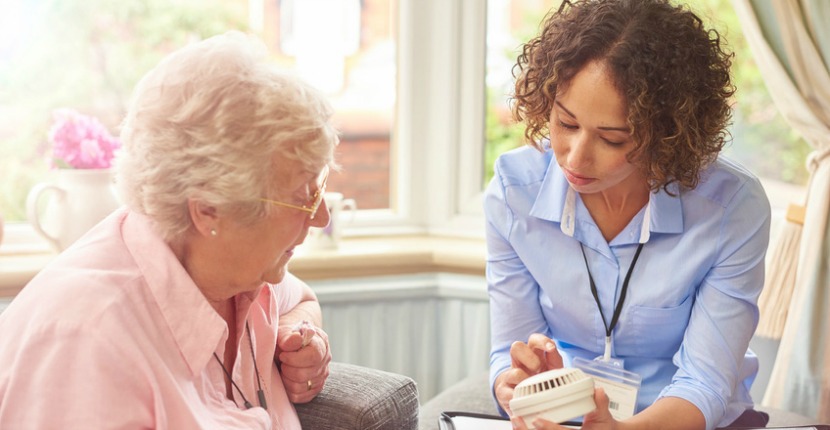With age, the health and safety of our seniors becomes a top priority – especially if they prefer to spend their retirement years in the comfort of their own homes.
According to a report published by the AARP Public Policy Institute and the National Conference of State Legislatures, nearly 90 percent of people over 65 would choose to live out the rest of their lives – not in a facility – but at home.
Of all of the benefits that come with aging in place – being in familiar surroundings, continued independence, reduced exposure to illnesses, and increased socialization with loved ones, there is also a greater need for safety when our loved ones are alone.
In home care services and personalized elder care are not only helpful in in administering care, but can also offer your senior greater freedom and flexibility in the home.
Other things to keep in mind if you are a senior planning to stay at home:
Expect that there will be changes in your health as time goes on. Those changes might require help from friends and family to do some of the things that you may have done independently in the past.
Your home is likely to require a few modifications, as well.
And while it may cost a little more to make the necessary upgrades, these changes may to be prove beneficial over time in preventing trips and falls.
Scan each room for any potential problems or safety hazards. Websites like aarp.org provide comprehensive checklists to help determine if your home is appropriate and accessible for your needs.
FHC lists a few things below that rank high in terms of safety and convenience. After looking at them, you might actually find that your particular needs are different.
- Make sure everyday items are within reach
- Remove any rugs or carpeting that might cause you to trip and fall
- Be sure staircases and stairwells are well lit
- Make sure telephones are easily accessible on each floor
- Is there an entrance to your home that doesn’t require you to climb stairs?
- Do you need grab bars or transfer poles to help you move safely about?
- Is there a bedroom, bathroom and kitchen on the first level of your home?
- Is the inside and outside of your home wheelchair accessible?
- Are smoke and carbon monoxide detectors located on all floors?
- Once you have identified any adjustments that need to be made around the house, contact a contractor who is licensed bonded and insured for an estimate.
- Ask people that you trust for recommendations. You may qualify for a price reduction depending on your income. Financing options are available, if you qualify.




